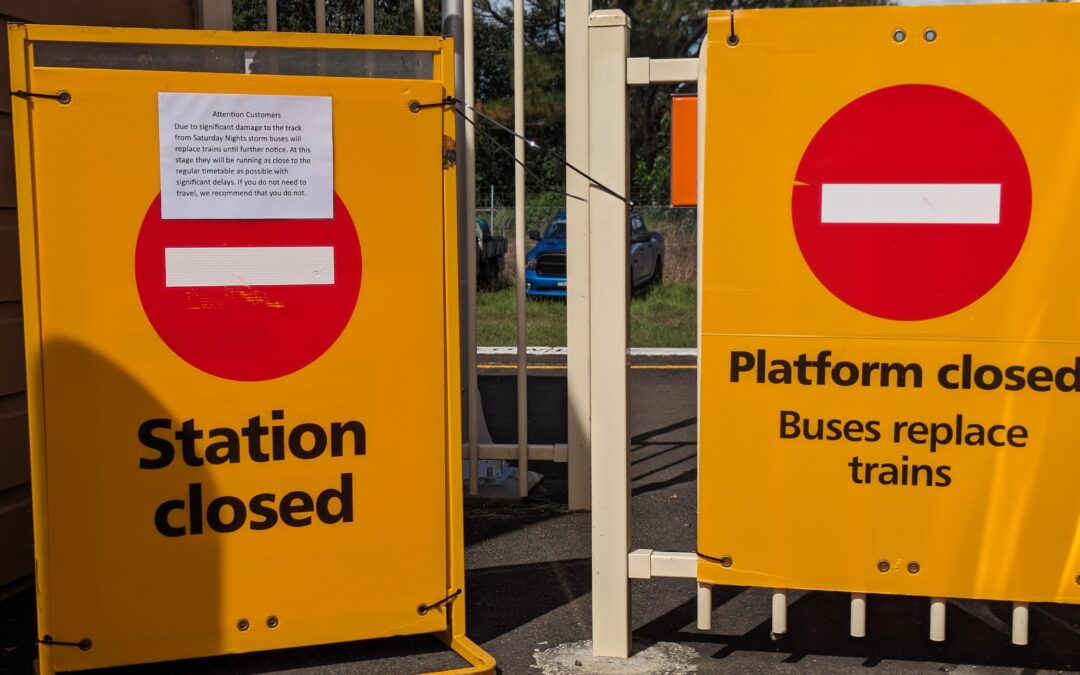Repairs are continuing to the train tracks between Bomaderry and Kiama after severe rainfall battered the South Coast more than a week ago.
Torrents of water caused ballast to wash away at several locations on the South Coast line.
Nowra’s weather station observed 160 millimetres of rainfall concentrated in a 12 hour period.
Lecturer at the University of Wollongong’s School of Civil, Mining, Environmental Engineering, Dr Cao Wang, who specialises in hazard risk analysis, said this type of rainfall event lines up with observed trends.
“There’s an increasing trend of natural hazards,” Dr Wang said.
“The frequency of a failure, or the frequency of damage occurring is increasing, meaning that we have to repair the infrastructure more and more frequently – that is a fact.”
In recent years the reliability of train services across the system and particularly on the South Coast line has declined.
In response, Transport NSW launched the Rail Repair Plan last June to tackle the backlog of high priority defects hindering the network.
However, concerns still exist over how Transport NSW will be able to respond to future defects caused by increasingly common weather events.
Social scientist at the University of Wollongong School of Geography and Sustainable Communities, Dr Chantel Carr said there were several issues for the government to consider.
“One is climate mitigation, trying to minimise the carbon dioxide in the atmosphere, and that’s what [we mean] when we talk about energy transitions, renewable energy in particular,” Dr Carr said.
“But what we also see is the need to address climate adaptation, and adaptation is exactly the issues that we’re faced with here, in how do we live with a more volatile climate, where we’re experiencing severe weather events happening more frequently?”
Dr Carr also emphasised the cumulative effects these events can have on communities.
“Severe weather events or disaster events really compound,” she said.
“We’ve only just finished mopping up after one flood when the next one arrives, and that’s going to have an impact on communities who become exhausted.”
Dr Wang noted that while enhancing infrastructure ahead of future damage is an option, using the repairing process as an opportunity to provide additional enhancements would be preferable in many situations, as it allows for appropriately adapting each piece of infrastructure to prescient threats.
“We need [an] optimised strategy,” Dr Wang said.
Additional reporting by Clemency Mcrae

